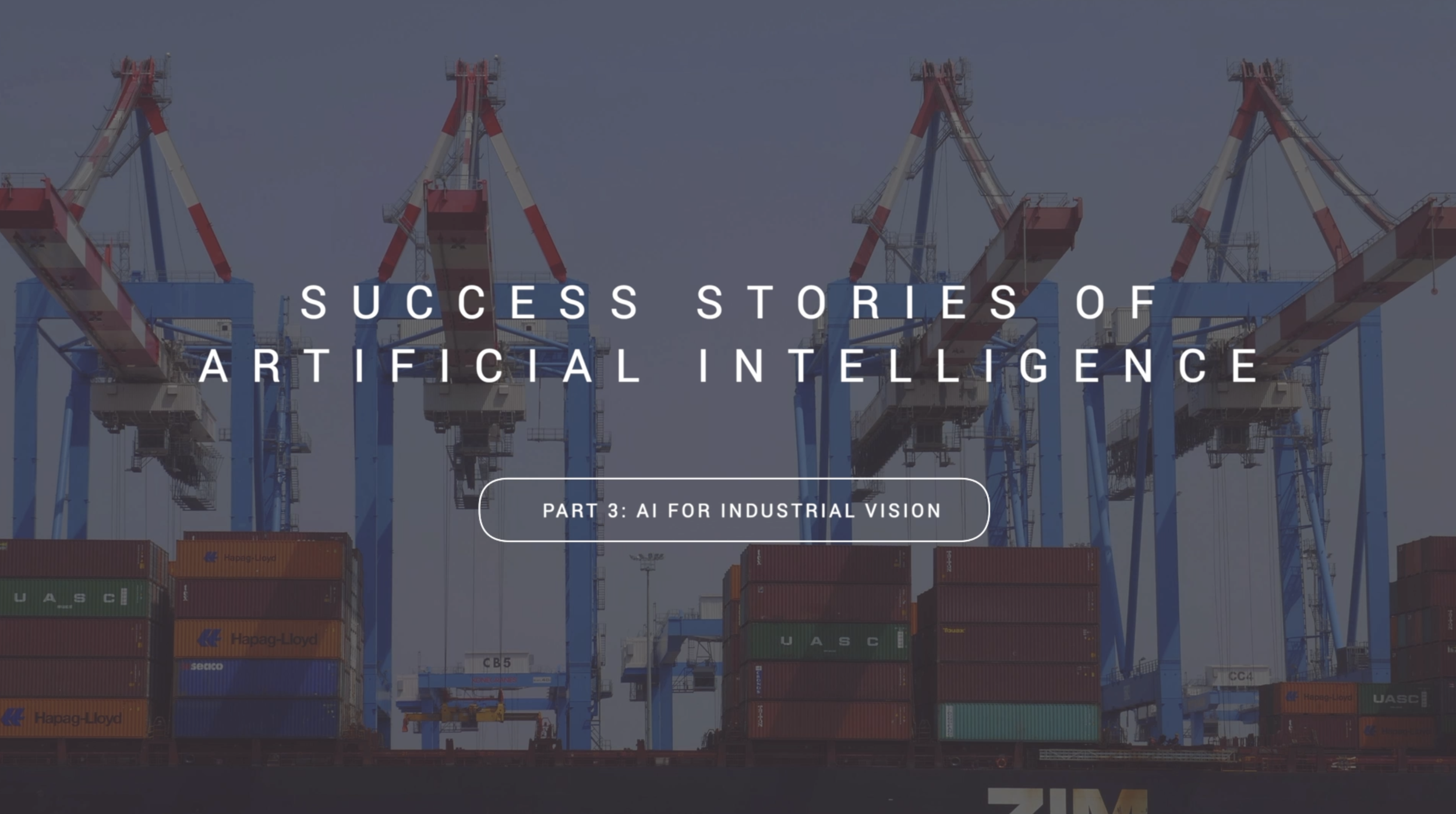Computer vision is guiding cranes
This video is a part of the FCAI success stories series. In the video series, we explain why fundamental research in AI is needed, and how research results create solutions to the needs of people, society and companies.
Researchers at FCAI are developing a positioning system based on machine learning and an increasingly accurate and inexpensive navigation solution.
At present, industrial cranes use expensive and massive systems for localization as machines must know where to go at the construction site.
“They also need to be able to take a hold of objects with precision, and lift them up safely. At the same time, the machines have to observe their surroundings to avoid accidents. This becomes more and more important when envisioning future autonomous systems”, says Laura Ruotsalainen, Associate Professor of computer science.
Ruotsalainen and her group work on a project called Artificial Intelligence for Industrial Vision. They are developing a positioning system based on machine learning and an increasingly accurate and inexpensive navigation solution in cooperation with Konecranes, a world-leading group of lifting businesses.
The project focuses on developing a computer vision technique known as visual SLAM (simultaneous localisation and mapping) which tolerates feature poor areas, varying lights and reflections.
With SLAM, a machine moving at a construction site will be constantly aware of its position with the help of cameras. The cameras will also generate a continuously up-to-date map of the surroundings.
“The hardest part is getting computer vision to recognise humans. This requires deep learning,” Ruotsalainen says.
“For monitoring the presence of moving objects in the area, especially humans, multi-object tracking methods are required.”
3D multi-object tracking is able to track the motion of multiple objects and set their position into a three dimensional coordinate frame. This technique requires the development of sophisticated computer vision and deep learning techniques.
“The great thing is that in this study, we will have the chance to work in a research laboratory simulating a genuine factory environment. During the project, we will collect data and identify the biggest problems. At the same time we are developing the visual SLAM technique and deep learning to tackle these problems”, says Ruotsalainen.
The results of the project will make possible the development of sustainable industrial premises that are more cost-efficient than before and safer for the employees.
Further down the line, the results may also advance the development of self-driving cars, since the same questions related to positioning and observing surroundings concern them as well.
Text and video production by Mia Paju.
Read more about Laura Ruotsalainen’s research on data analysis techniques, computer vision and machine learning: https://researchportal.helsinki.fi/en/persons/laura-ruotsalainen
